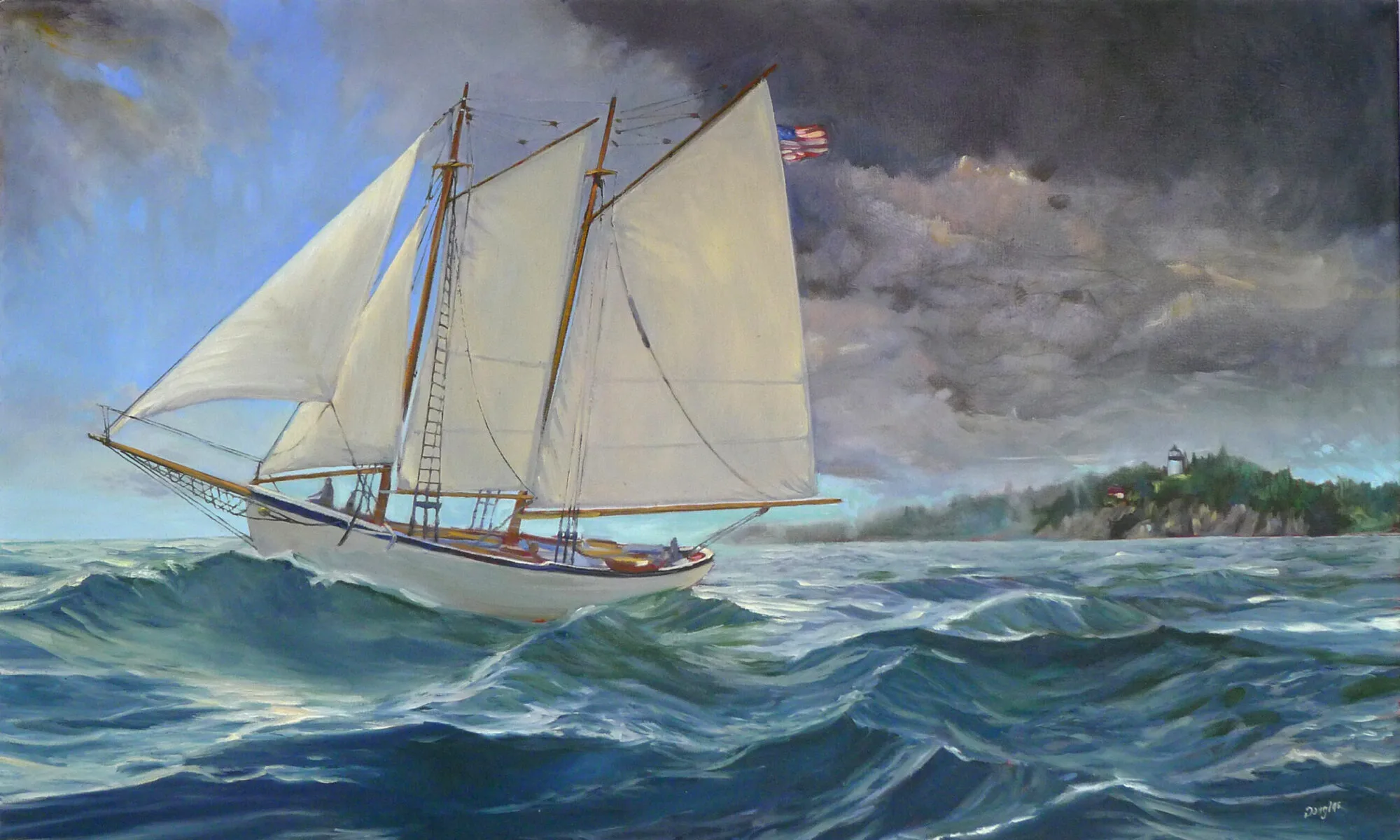I’m confident this approach will prepare confident, competent painting students ready to tackle higher-level observational painting, composition, color theory and mark-making.
 |
|
Breaking storm, 48X30, oil on canvas, Carol L. Douglas, available through Folly Cove Gallery, Rockport, MA |
After this session of painting classes, which ends on November 2, I will no longer take beginning painters. I’m simply stretched too thin. Instead, I’m going to send brand-new painters to two excellent teachers. That’s a simple, six-week process in which they will learn the rudiments of paint application, brush-work and color mixing. When they’ve completed this preparatory work, I’ll welcome them back into my classes.
That doesn’t mean every new student must start this way. If you already know the fundamentals of applying paint, I’m happy to work with you, whether you are self-taught or you started in another class. And en plein air, I’m happy to welcome painters of all levels.
 |
|
Michelle Reading, oil on linen, Carol L. Douglas available through Rye Arts Center. |
I’ll be sending oil and acrylic painters to my old friend, Bobbi Heath. I’ve taught students prepared by her and they’ve come to me knowing the order of operations in solid-media painting. Bobbi painted on the side during a long and successful business career. That shows in the workmanlike way she trains new painters. You won’t get a lot of rhetoric from her, just a good step-by-step introduction in how alla prima painting is supposed to be done.
I’ll be sending new watercolor painters to one of my own students, Cassie Sano. Cassie has experience teaching, but she developed a syllabus specifically to train new painters for me. She too is a very logical thinker, and a person of great compassion and kindness. She’s a crackerjack watercolorist, and, more importantly, she can explain how each step works. She’ll demystify watercolor for the beginner.
 |
|
Main Street, Owls Head, 16X20, Carol L. Douglas, oil on gessoboard, $1,623 unframed. |
Where does this leave me? Relieved. My students have been galloping forward for the past few years, working on higher-level observational painting, composition, color theory, and mark-making. It’s unfair to the new painter to be thrown into this melee without the basics under his or her belt.
Alla prima painting comes under many names, including wet-on-wet, direct painting or au premier coup. That French version means ‘at the first strike’, and it’s a perfect description of what has to happen to get the freshness that alla prima painting promises.
 |
|
Wreck of the SS Ethie, oil on canvas, Carol L. Douglas, 18X24, $2318 framed. |
To hit it right on the first strike means a lot of things have to have become second nature—drawing, color mixing, and brushwork. The whole point is to keep do-overs to a minimum. That requires preparation and confidence. I’m confident that this new system of training will enhance both.



































